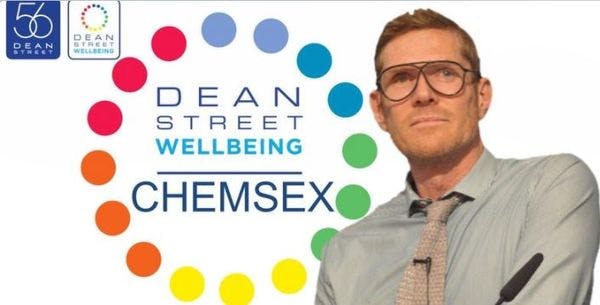Améliorer les compétences culturelles en matière de chemsex – Interview de David Stuart
Une meilleure compréhension du chemsex et des réponses que l’on peut y apporter nécessite de repenser les services de santé. Pour en savoir plus, en Anglais, veuillez lire les informations ci-dessous.
Drugreporter interviewed David Stuart, the person who first coined the term chemsex. David’s work was featured in the 2015 documentary called “Chemsex” by Vice UK, and is one of the co-creators of the European Chemsex Forum.
Drugreporter: People have been making love while being drunk or high for millennia. What is this big fuss about chemsex than, how is it different from just having sex under the influence of drugs?
David Stuart: Chemsex is not simply a word that describes the use of alcohol or drugs during sex.
That is a very simple interpretation that mainstream media have misappropriated for exciting headlines. Chemsex is a word that I first coined in 2001, to describe something that I saw happening within my own local gay communities and sexual networks; something that seemed very different to other kinds of drug use cultures that I was familiar with.
Chemsex is a word that defines a phenomenon unique to modern gay culture; it is uniquely and specifically associated with gay hook-up trends, and the gay cultural idiosyncrasies that have evolved as part of online gay hook-up cultures and the use of sex-Apps (HIV sero-sorting behaviours and other HIV related stigmas, camp-shaming/masc-shaming and inter-tribe identification and rejections). Chemsex is also about the disproportionate availability of recreational and particularly harmful drugs that have been introduced so widely to gay, bi and Queer men via online hook-up Apps (referred to as chems – crystal methamnphetamine, mephedrone and GHB/GBL). Chemsex, though sometimes simply about the pursuit of pleasure and enjoyment of homo-sex, is often also about the medicating of complex issues that inhibit the enjoyment of gay sex such as societal and internalised homophobia, the impact of the HIV/AIDS epidemic within gay cultures, and religious or cultural shame that is often associated with gay sex.
Chemsex defines this international phenomenon that is so disproportionately affecting gay communities in so many cities around the world, and resulting in an upsetting and disproportionate number of deaths, addictions, mental health issues and emergency hospital presentations.
Do we know how common is chemsex in Europe?
No. Chemsex is a (relatively) new phenomenon, with a definition some still too easily misunderstand; there are anecdotal reports from within gay communities, there is the obvious prevalence visible to anyone using gay sex Apps, and some evidence from the sexual health and HIV services in various parts of Europe; but very few gay men who engage in chemsex present to traditional addiction services, preferring instead to seek support from gay community centres or sexual health services, which are not always set up or supported to collect this unique kind of data. The European Chemsex Forum in Berlin was convened to (amongst other things) support services to better collect the necessary data.
